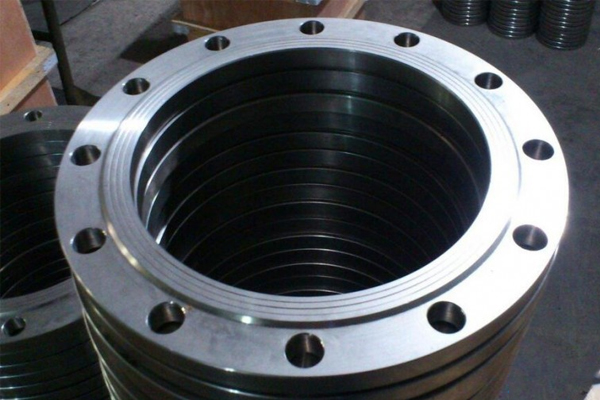The processing of stainless steel flange needs to understand and pay attention to the following problems:
1, weld defects: stainless steel flange weld defects are more serious, if it is to use manual mechanical grinding treatment method to make up, then the grinding marks, resulting in uneven surface, will affect the appearance;
2, polishing and polishing passivation is not uniform: pickling passivation treatment after manual grinding and polishing, for large workpiece area, it is difficult to achieve uniform treatment effect, can not get the ideal uniform surface. It also has the disadvantage of man-hour costs, accessories costs are higher;
3, scratches are difficult to remove: overall pickling passivation, in the presence of corrosive medium will occur chemical corrosion or electrochemical corrosion and rust, also can not remove due to scratches, welding splash and adhere to the surface of stainless steel carbon steel, splash and other impurities;
So how to solve the problem of stainless steel flange processing?
1, select blanking, after completion, into the next process, different stainless steel workpiece according to the processing requirements into the corresponding process;
2, bending to the first on the size, according to the drawing stainless 304 seamless steel tube material thickness to determine the bending with knives and knife trough, avoid products with cutting tool collision caused deformation is the key to the selection mode (in the same products, may use different models of upper die), and the selection of lower die determined according to the thickness of the plank.
3, in order to welding is firm, on to the welding workpiece convex point, can make the bumps in front of the electric welding and plate uniform contact, to ensure the consistent of each point to heat, welding position can be determined at the same time, the need for welding, to adjusted the preloading time, the holding time, maintaining time and rest time, ensure the workpiece can spot welding is firm.
Post time: May-28-2021

